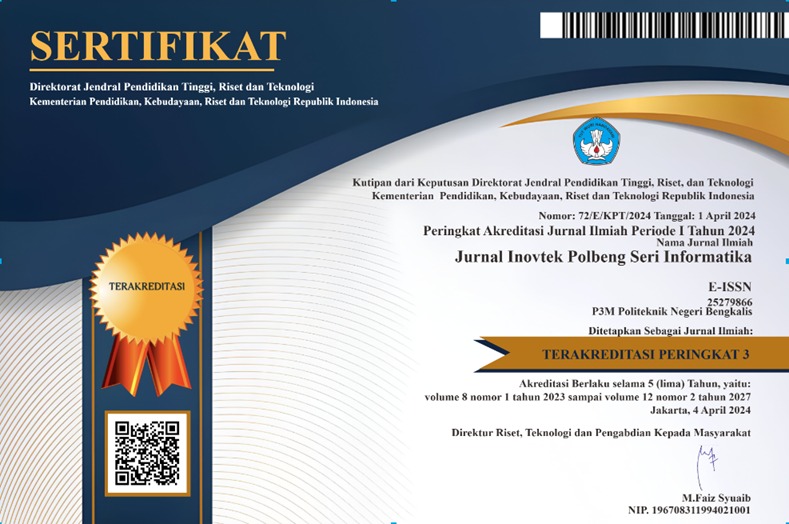Designing UI/UX for Reading Games in Indonesian and English for Early Childhood Using the Human-Centered Design Method
DOI:
https://doi.org/10.35314/dy9tf969Keywords:
UI/UX, Human-Centered Design, Gim Edukasi, Anak Usia Dini, Gim MembacaAbstract
This research aims to design an educational game "BacaKids" to help young children learn to read in Indonesian and English using the Human-Centered Design (HCD) method. The main issue addressed is the low reading ability of young children, caused by a lack of interactive learning methods and engaging media. This research seeks to create an intuitive, engaging user interface (UI) and user experience (UX) tailored to children's preferences. The research method consists of four stages in the HCD process: discover, define, design, and validate. In the discover stage, observations and interviews were conducted to understand user needs. These findings were analyzed in the define stage, forming the basis for wireframes and initial prototypes. During the design stage, the prototype was developed into an interactive game. Validation was conducted using the System Usability Scale (SUS), yielding a usability score of 91.75, well above average. The game’s Acceptability Ranges were rated as Acceptable, the Grade Scale as A, and the Adjective Ratings as Best Imaginable, indicating that the game is easy to use and well-received by users. This study demonstrates the effectiveness of HCD in creating enjoyable educational games that support reading development in early childhood.
Downloads
Downloads
Published
Issue
Section
License
Copyright (c) 2024 INOVTEK Polbeng - Seri Informatika

This work is licensed under a Creative Commons Attribution-NonCommercial-ShareAlike 4.0 International License.














